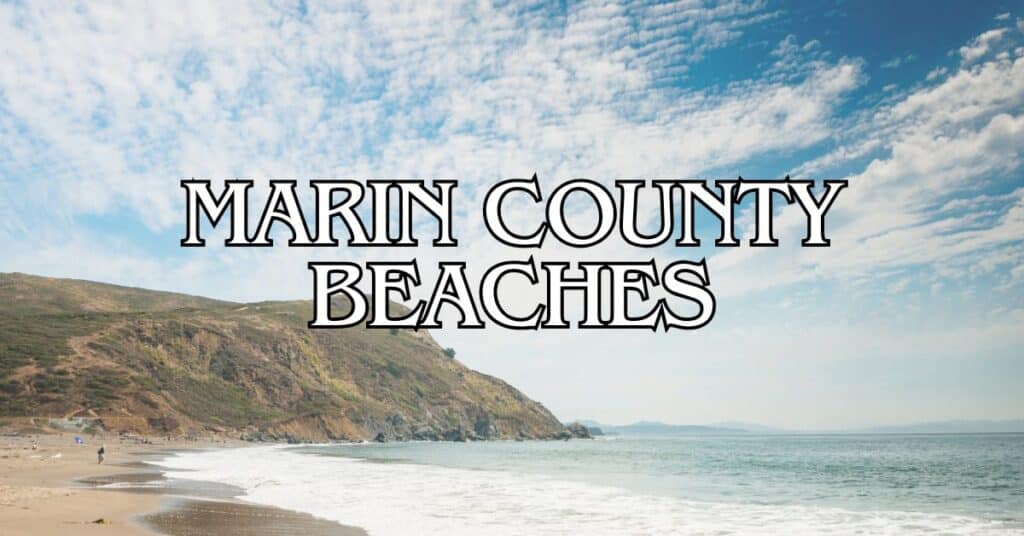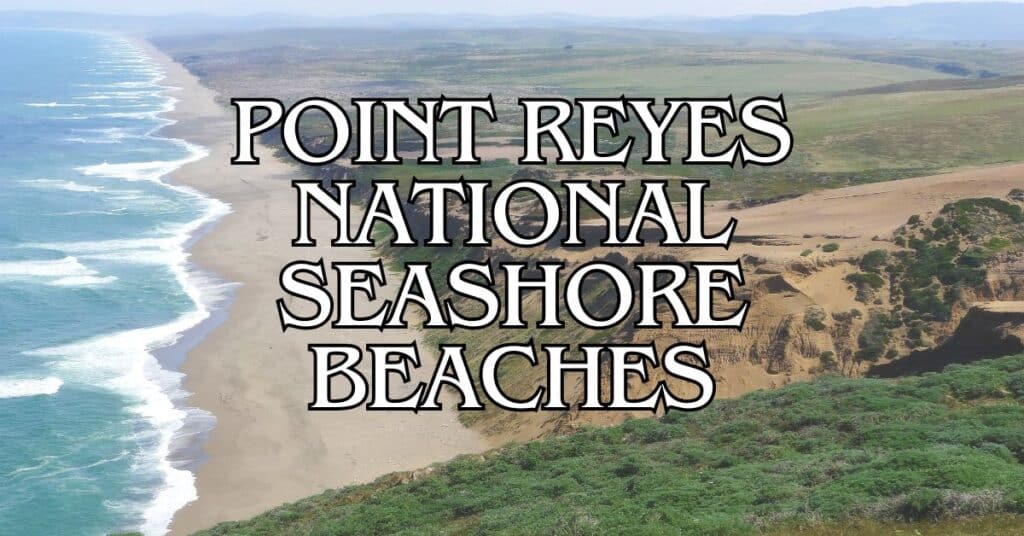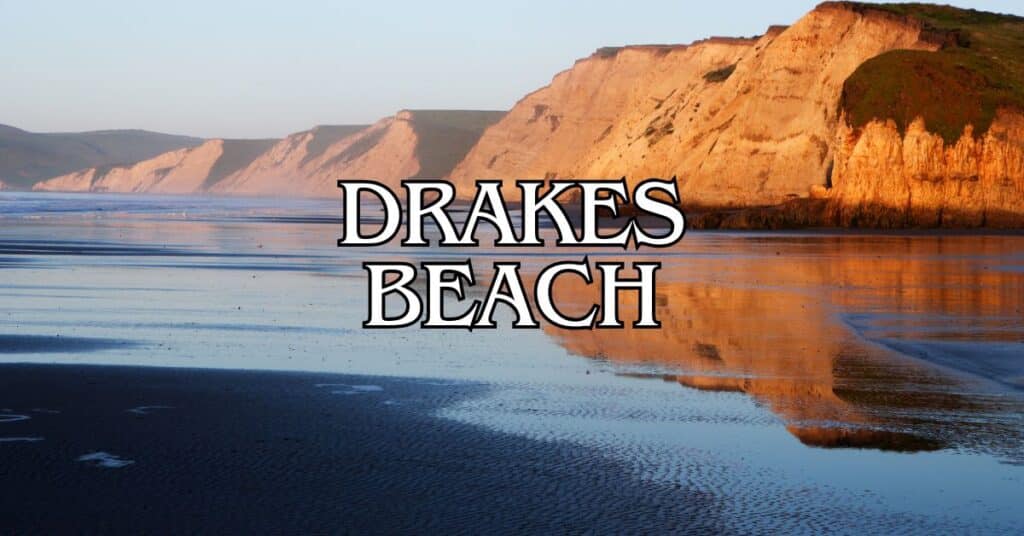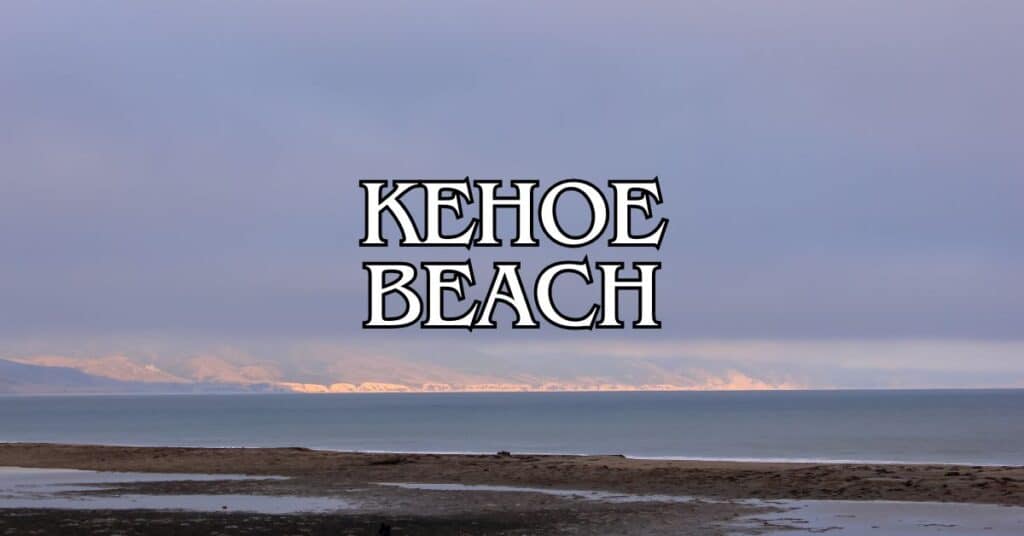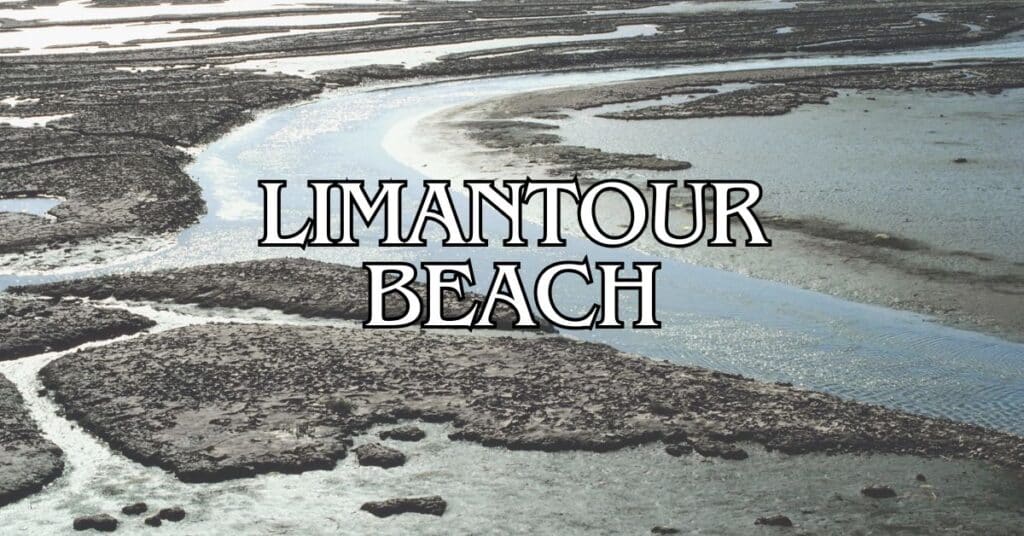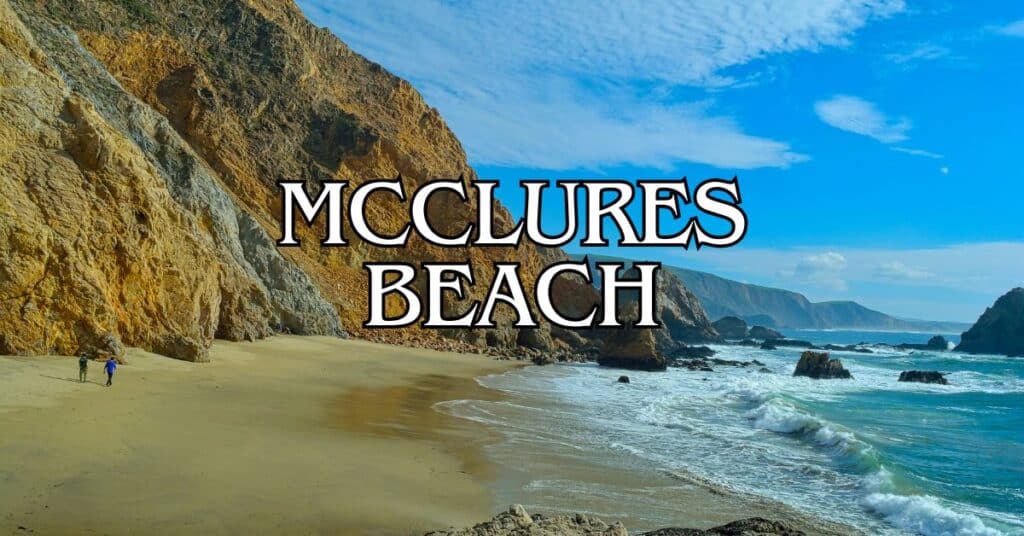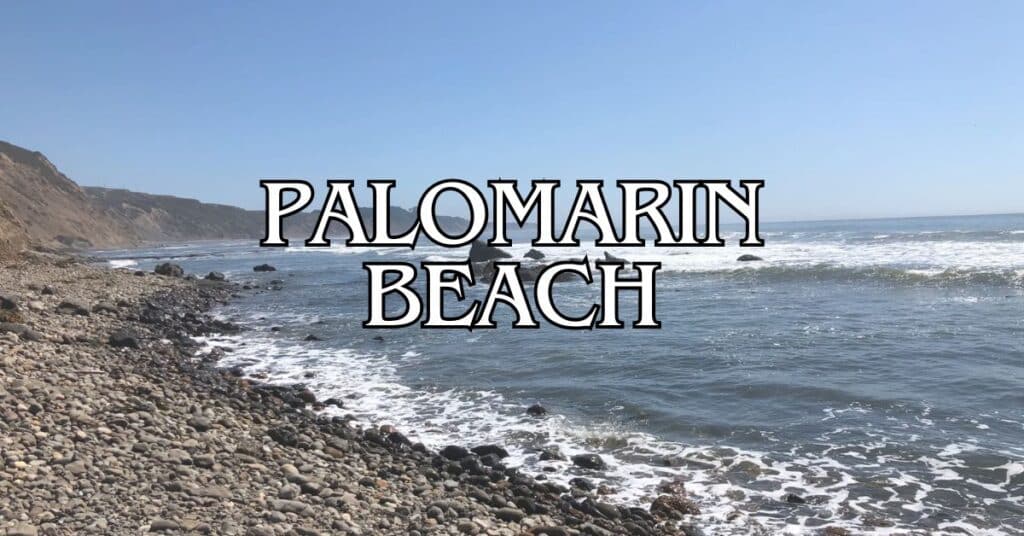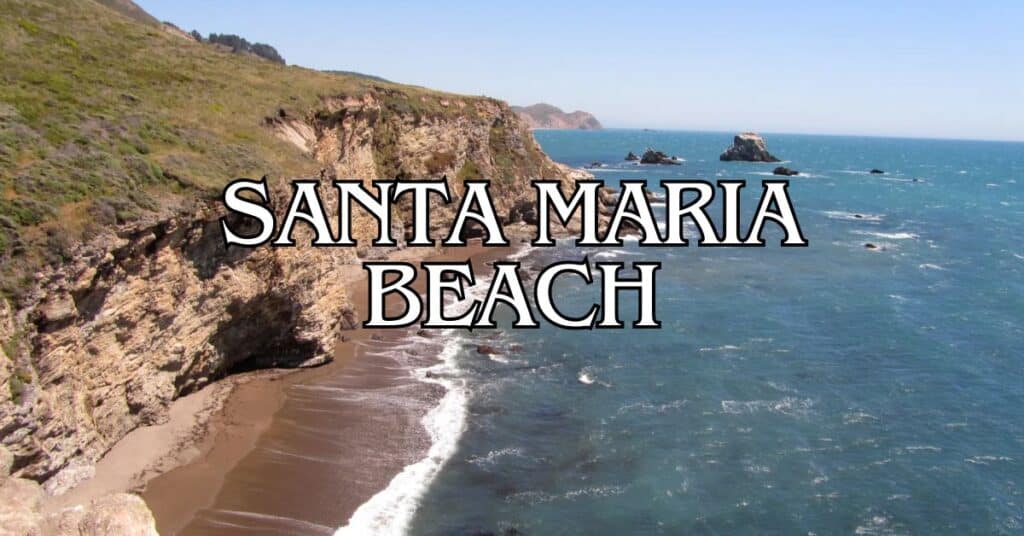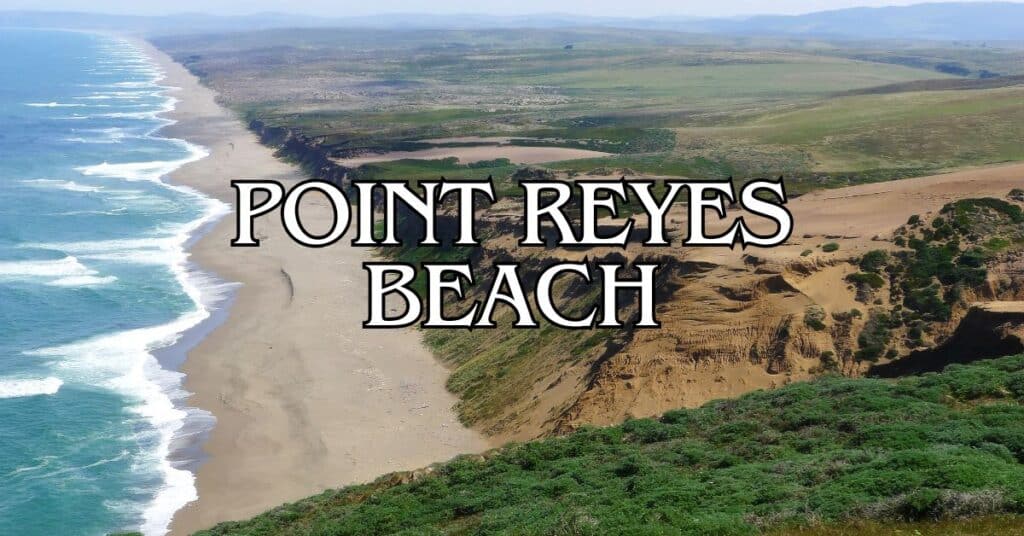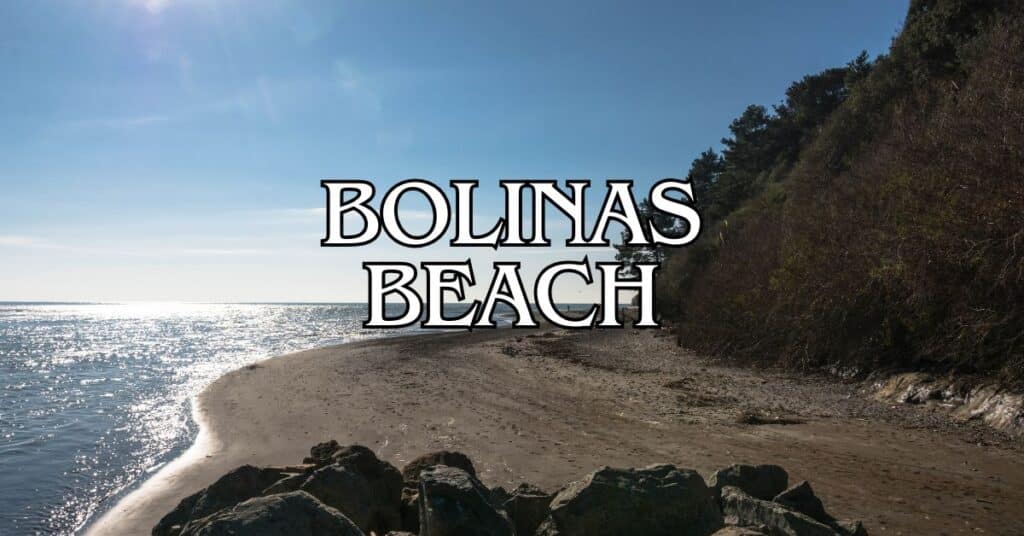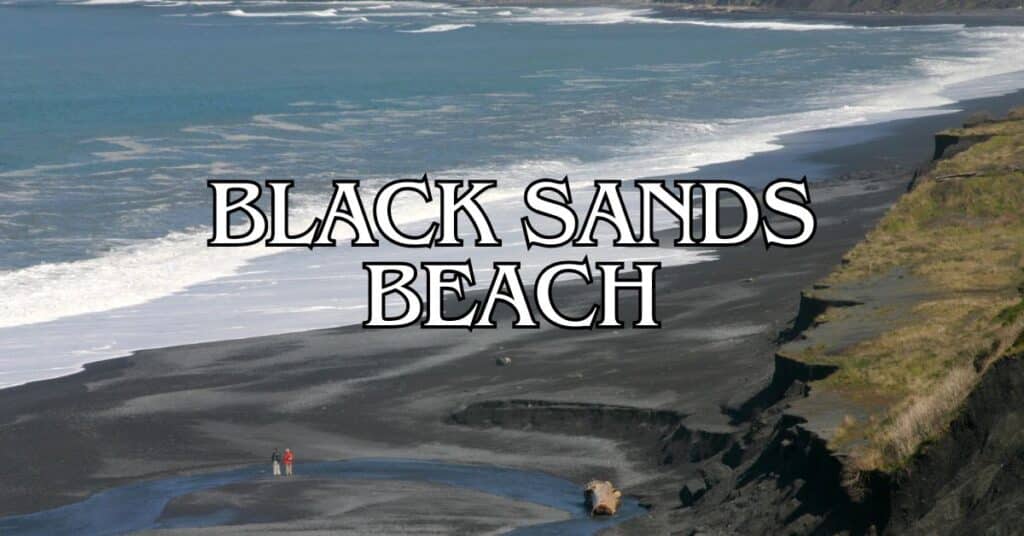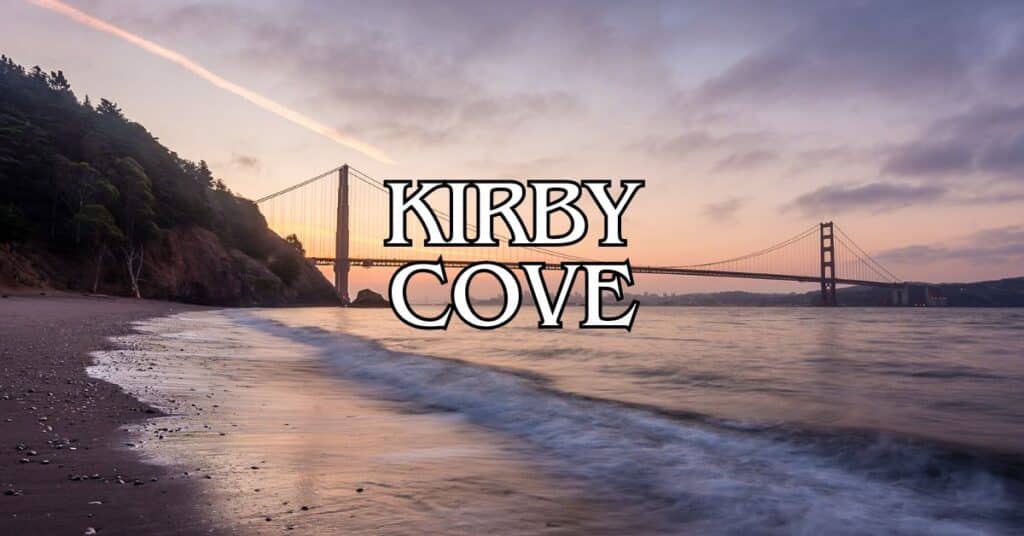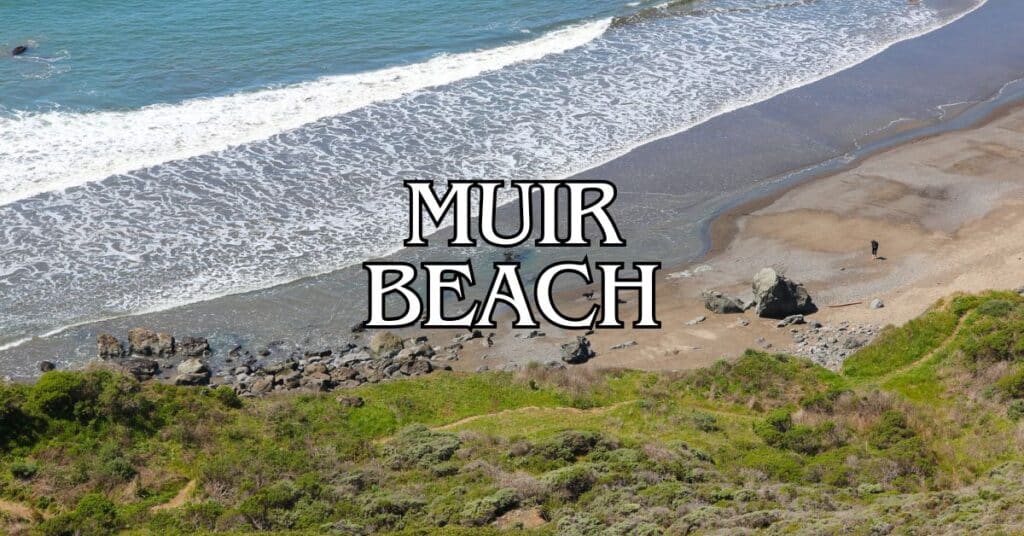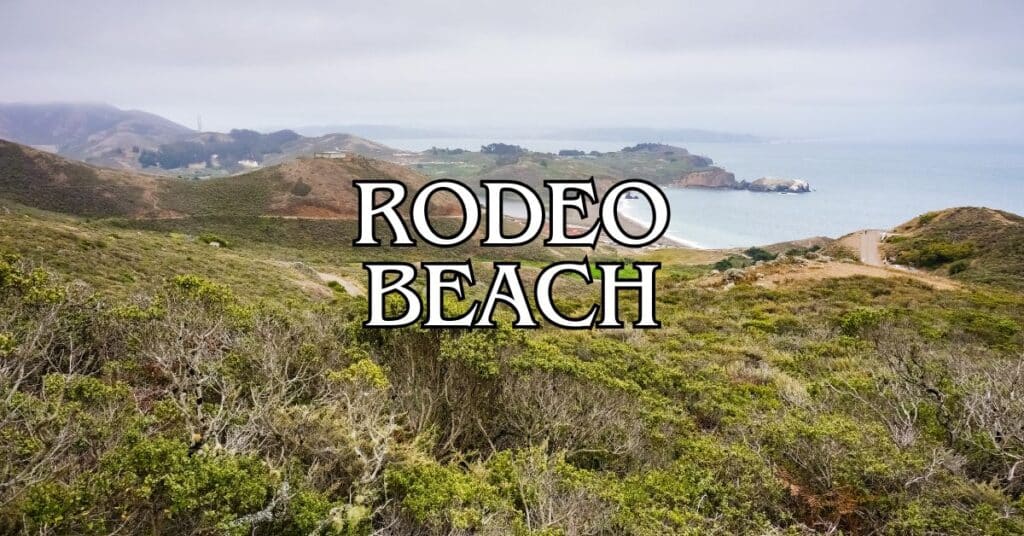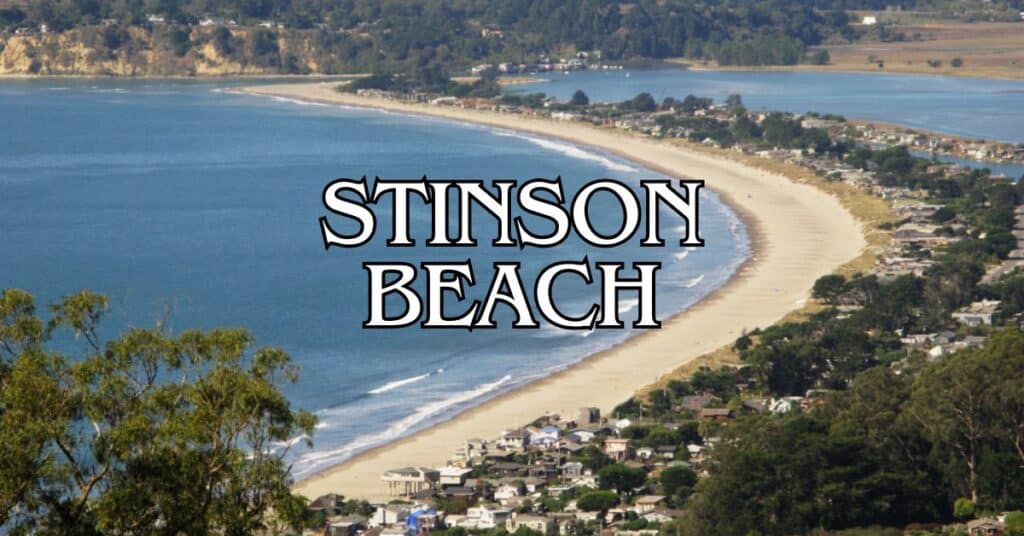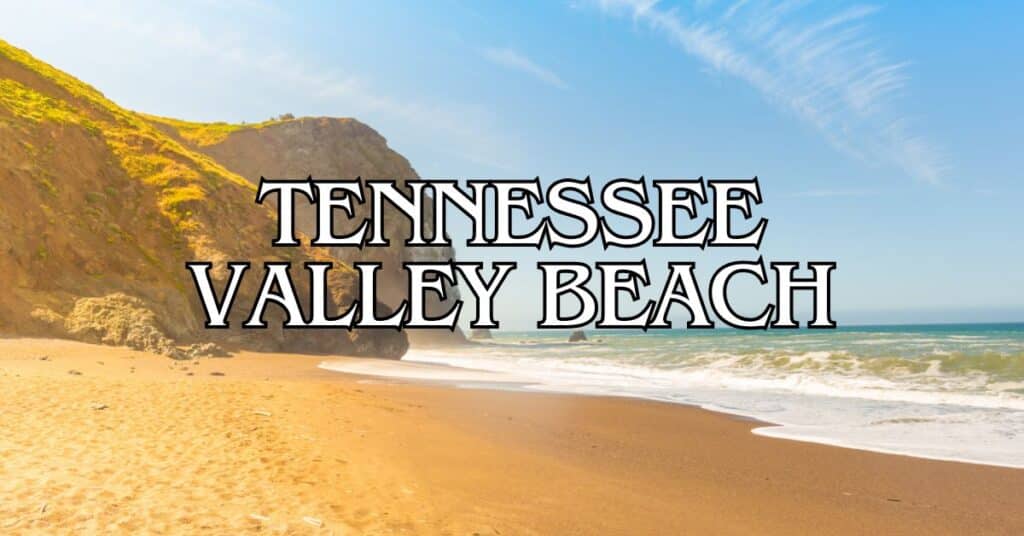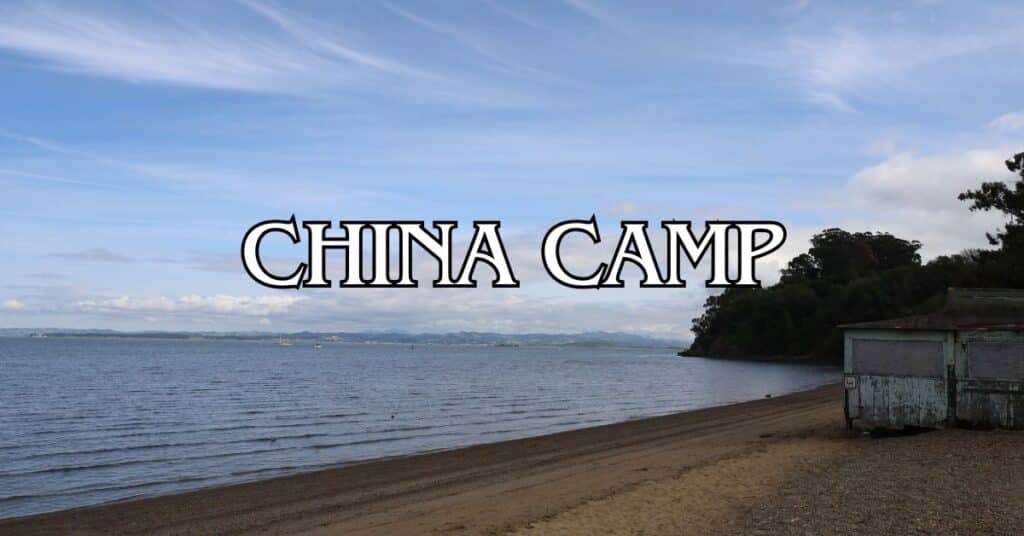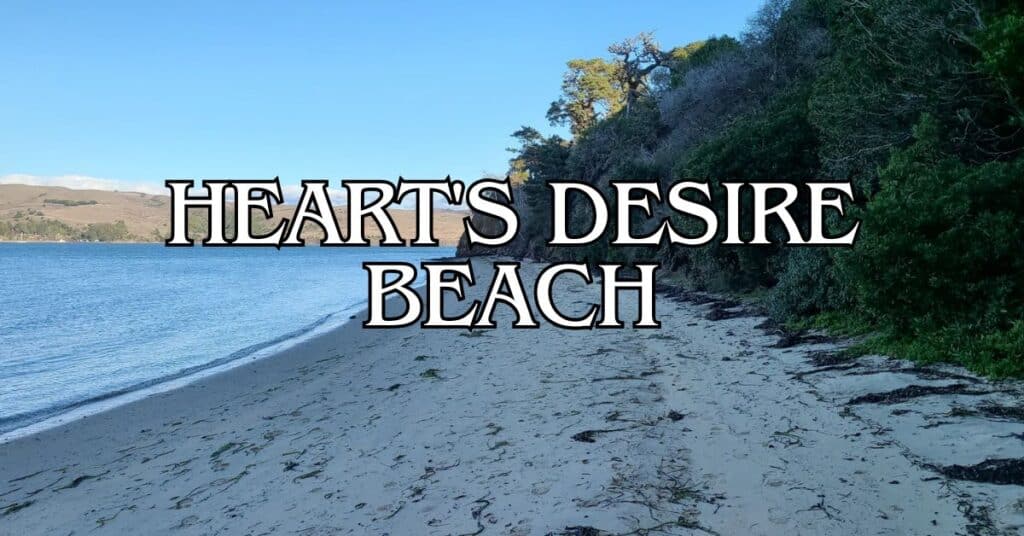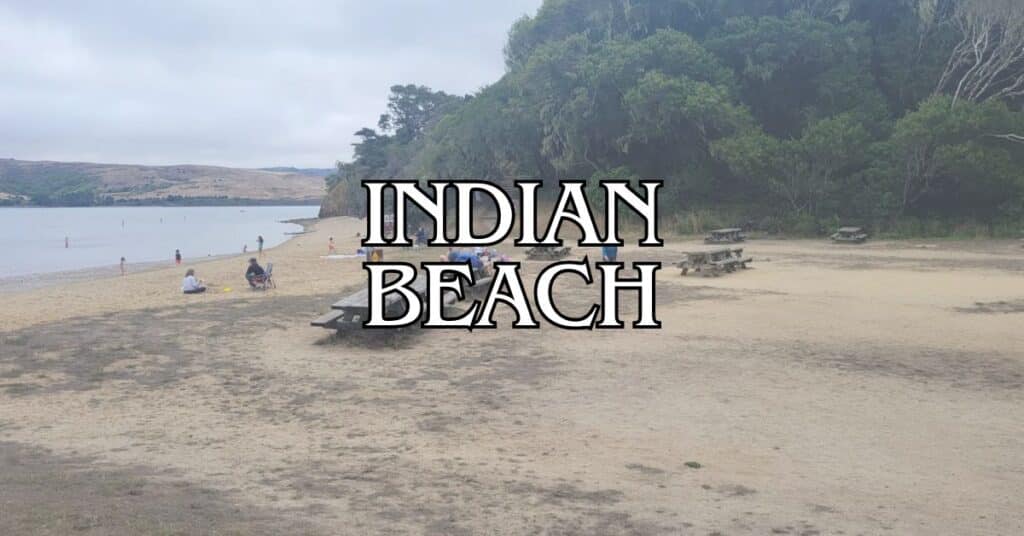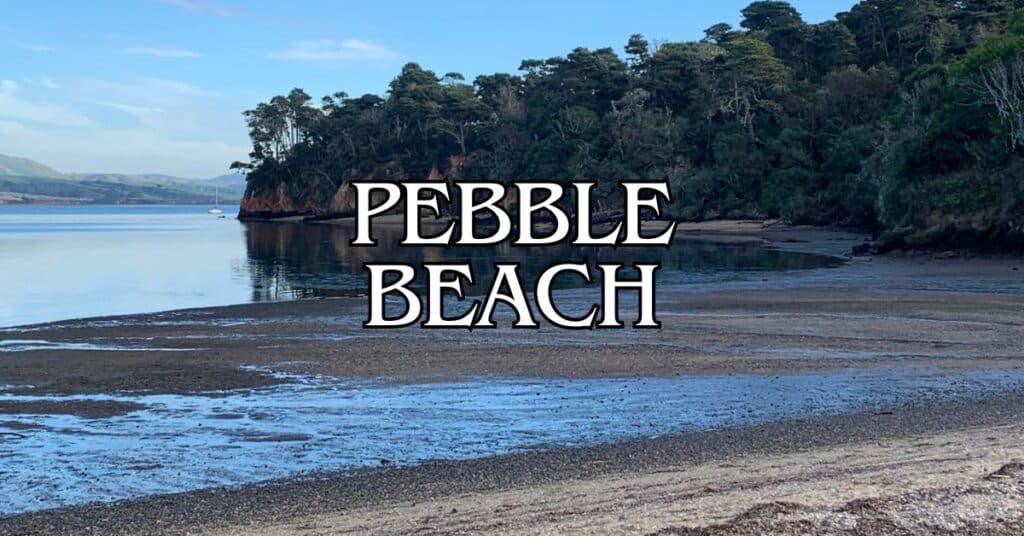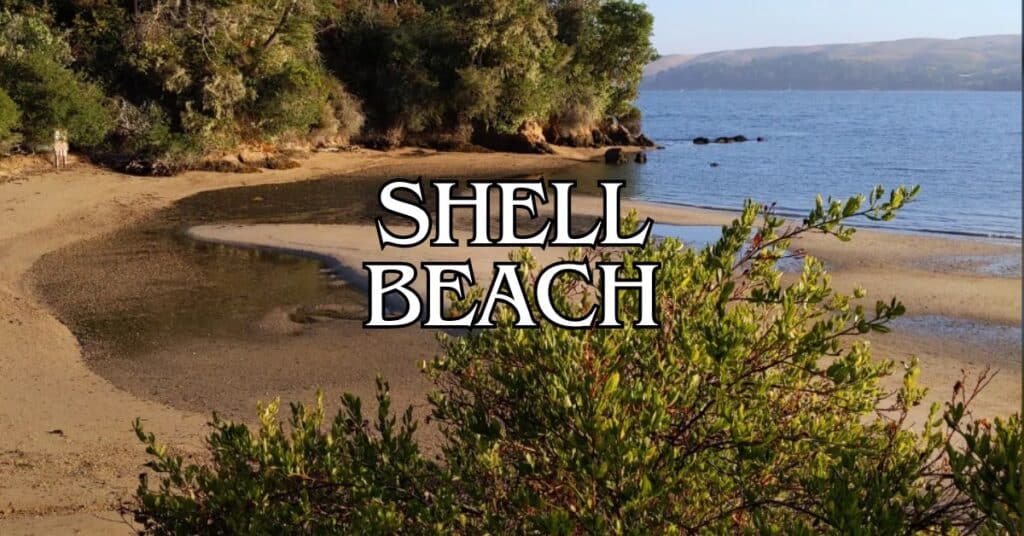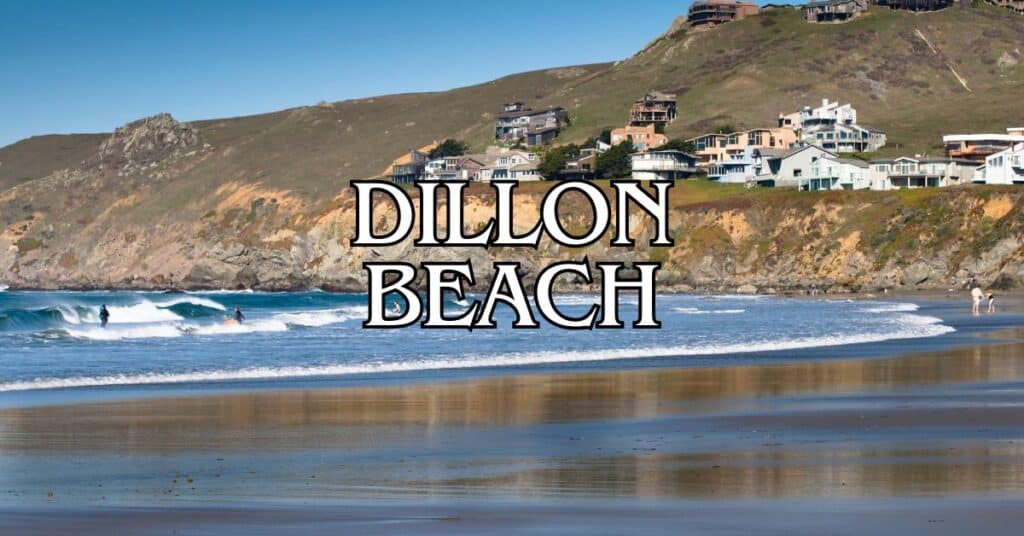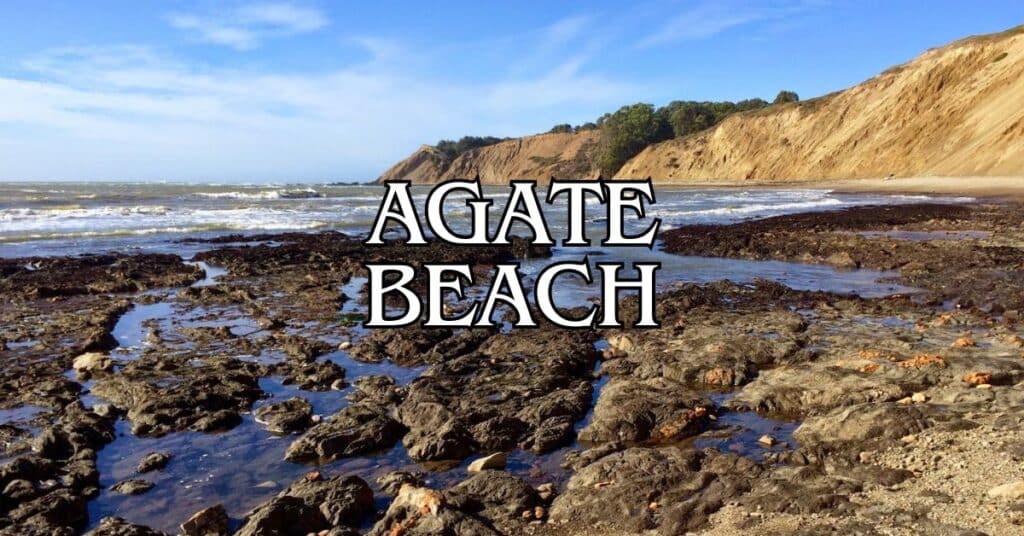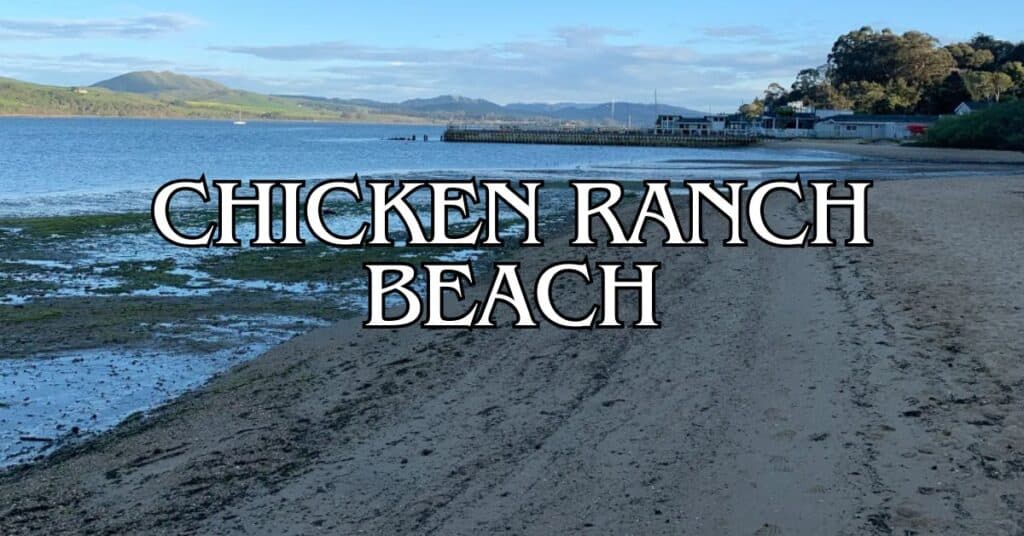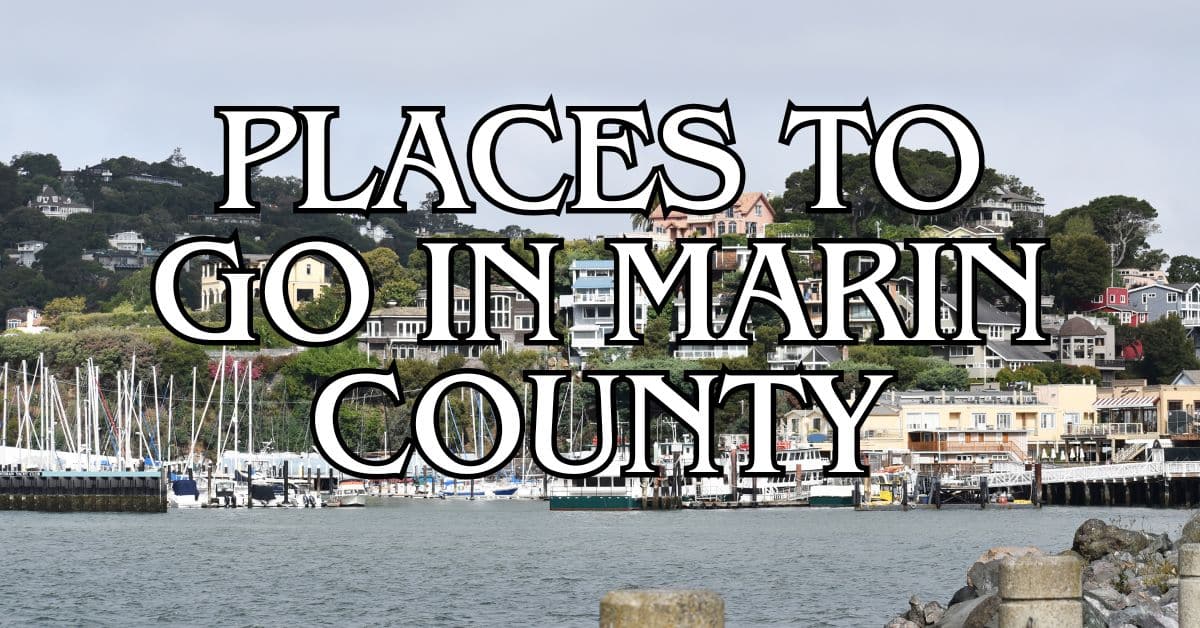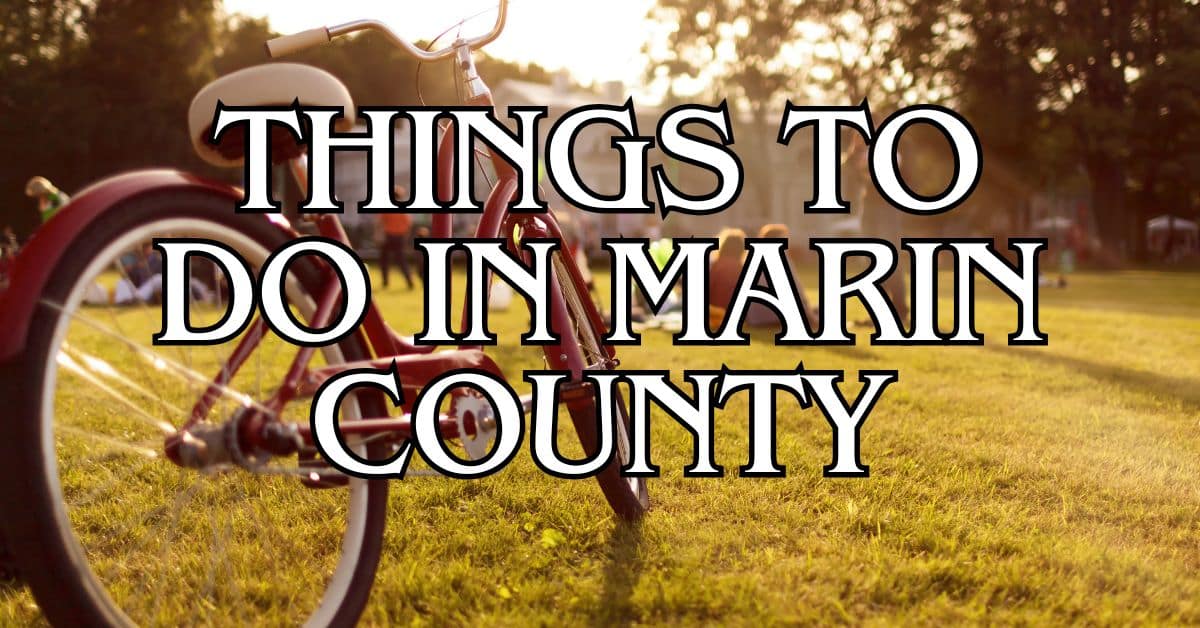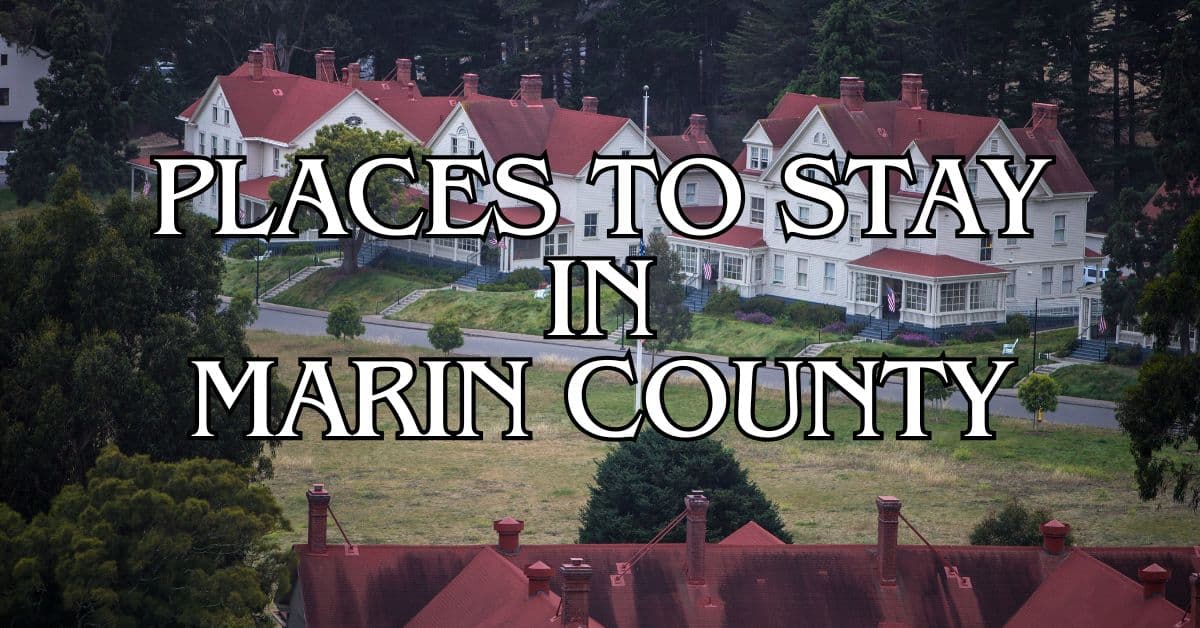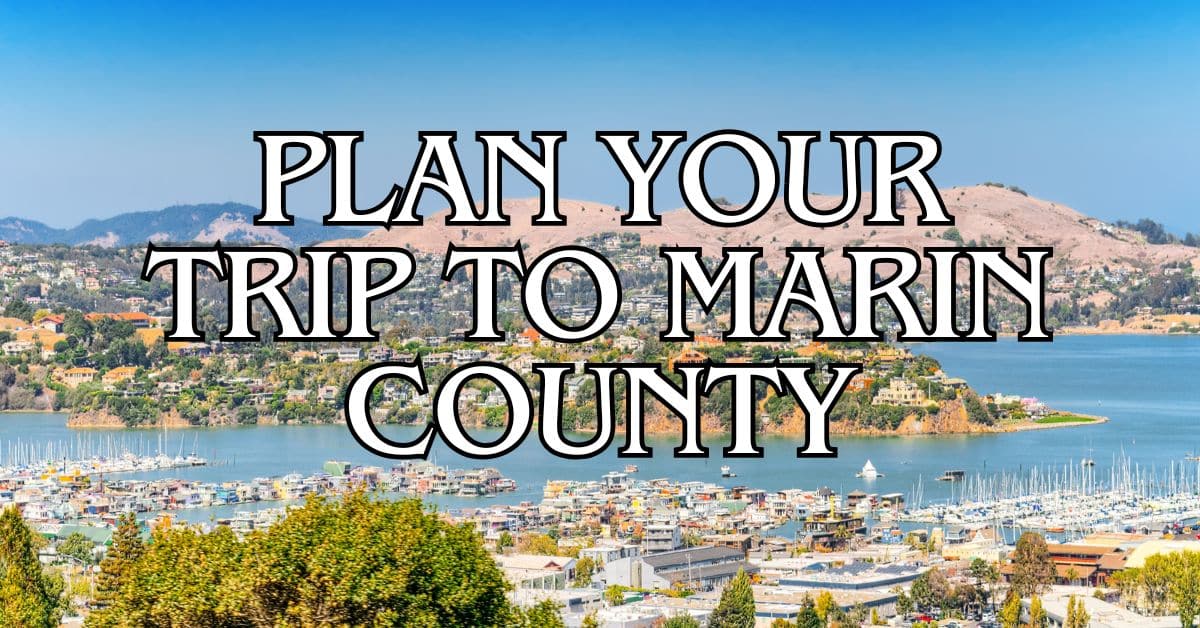Marin County has some of Northern California’s most beautiful and varied beaches. Whether you’re after the calm of Heart’s Desire Beach or the wild drama of Rodeo Beach, there’s a spot for every kind of beachgoer. In total, Marin boasts over 15 unique beaches, ideal for everything from tide-pooling and kayaking to simply soaking up the sun.
Along the Marin coast, you’ll stumble across family-friendly places like Chicken Ranch Beach and China Camp State Park, as well as quieter, hidden gems such as Kehoe Beach. You can join the crowd at popular summer hangouts or wander onto peaceful stretches of sand even when it’s busy elsewhere.
Discover hand-picked hotels and vacation homes tailored for every traveler. Skip booking fees and secure your dream stay today with real-time availability!
Browse Accommodations Now
These beaches aren’t just for sunbathing. You’ll find tide pools, wildlife, and some truly scenic coastal trails connecting them. Don’t forget to pack layers—the fog can roll in fast, and even summer afternoons might get chilly.
Point Reyes National Seashore Beaches
Point Reyes National Seashore unravels about 80 miles of coastline, dotted with beaches that range from rugged and rocky to wide and sandy. The area really highlights Marin’s wild, untamed beauty—just a short drive north of San Francisco.
Abbotts Lagoon
You reach this beach via a 1.5-mile hike through coastal scrub and dunes. The trail winds past freshwater marshes and the lagoon before opening up to a sprawling sandy beach.
Birdwatchers love it here. Snowy plovers often nest in the dunes, so keep an eye out but give them space.
Swimming’s not really safe—currents and water temps are no joke—so stick to walking, snapping photos, and watching for wildlife.
The parking lot’s tiny. If you’re coming on a weekend, get there early. There’s hardly any shade, so bring water and plenty of sunblock.
Click here to read more about Abbott’s Lagoon.
Drakes Beach
Drakes Beach stands out for its striking white sandstone cliffs and broad, sandy expanse. The cliffs block out the wind, so it’s usually more comfortable here than at most Point Reyes beaches.
Check out the Kenneth C. Patrick Visitor Center for local marine life exhibits and some history. There are restrooms and picnic tables here, making it a solid pick for families.
In winter, gray whales migrate offshore—you might spot them if you’re lucky. Spring and summer bring harbor seals onto the sand.
A small café opens seasonally, but the big parking lot fills up fast on sunny days.
Click here to read more about Drakes Beach.
Kehoe Beach
A short, easy 0.6-mile walk brings you to this quieter spot north of Point Reyes Station. The path leads across a marsh, then you’re on the sand.
Leashed dogs can go for the first 100 yards south of the trail, and north of the trail, dogs can be off-leash. Not many beaches in the park are this pet-friendly.
You might see nude sunbathers up north, though it’s not officially a clothing-optional beach.
Rip currents can be dangerous if you swim, so be cautious. No facilities here—bring your own water and snacks.
At low tide, the southern end reveals cool rock formations and tide pools.
Click here to read more about Kehoe Beach.
Limantour Beach
This long, narrow beach is usually calmer than the park’s wild western shores. Set on a sand spit between Drakes Bay and an estuary, Limantour’s a year-round birdwatching hotspot.
Dogs on leash are fine at the southern end; the northern stretch is quieter and good for some solitude.
There are restrooms and picnic tables. If it’s a sunny weekend, try to arrive before noon—the lot fills up fast.
Swimming is possible, but the water’s cold and there are sometimes rip currents. The gentle slope is good for wading, though.
Sunsets here are pretty amazing, with the Point Reyes Headlands off to the southwest.
Click here to read more about Limantour Beach.
McClures Beach
McClures sits in a small cove at the peninsula’s northern tip, hugged by steep cliffs. It feels secluded and dramatic.
You’ll need to hike a steep 0.4-mile trail from the parking lot. After rain, it gets slippery—watch your step.
At low tide, tide pools at the southern end come alive with starfish, anemones, and little crabs.
The currents and surprise waves make swimming and even wading risky. It’s best to just enjoy the scenery.
It’s remote—no facilities except the parking lot. Bring everything you’ll need, and check tide tables before you go.
Click here to read more about McClures Beach.
Palomarin Beach
Down at Point Reyes’ southern end near Bolinas, Palomarin Beach takes a short hike from the Palomarin Trailhead. Same parking lot as for Alamere Falls hikers.
Expect cool rock formations and tide pools. When the tide’s out, you can poke around in little caves and tunnels carved into the cliffs.
Sometimes you’ll see nude sunbathers here—it’s remote, and clothing is optional.
The parking lot is small and fills up early on weekends. The last bit of road is unpaved and gets rough after winter storms.
Swimming is a bad idea—currents are strong, and there are no lifeguards. No facilities either, so pack in what you need.
Click here to read more about Palomarin Beach.
Santa Maria Beach
To reach Santa Maria, you’ll need to hike 1.8 miles from Bear Valley Visitor Center or take a shorter half-mile walk from the Coast Trail. The trek keeps most crowds away, even in summer.
This little cove has soft sand and interesting rocks, plus tide pools at the north end during low tide.
There’s a backcountry campground nearby, so overnight hikers often stop here. You’ll need a reservation to camp.
No facilities at the beach—bring everything in, pack all your trash out.
On the protected east side of Point Reyes, the water is sometimes calmer than on the wild west coast, but you should still be careful.
Click here to read more about Santa Maria Beach.
Sculptured Beach
It’s a bit of a trek—at least a mile hike from Coast Camp or Kelham Beach—but Sculptured Beach rewards you with wild sandstone formations shaped by the elements.
At low tide, the place transforms into a weird, wonderful world of sculpted rock, little caves, and tide pools full of marine life.
Find the perfect hotel or vacation rental. Instant booking, no fees!
View Top Stays
Fewer people make it out here compared to easier-access beaches. Sometimes you’ll have it almost to yourself.
Swimming’s risky—waves and currents are unpredictable. No facilities, so show up prepared.
If you want to see it at different tides, consider camping at Coast Camp (with a reservation).
Click here to read more about Sculptured Beach.
Point Reyes Beach
Also known as Great Beach, this 11-mile stretch forms the peninsula’s western edge. North and South Beach each have their own parking areas.
Big waves draw experienced surfers, but swimming is extremely dangerous. Sneaker waves and rip currents have claimed lives here—don’t risk it.
It’s often foggy and windy, even when it’s sunny inland. Layers and a windbreaker are a must.
South Beach usually gets more visitors thanks to better facilities like restrooms. North Beach is quieter but has fewer amenities.
Keep an eye out for harbor seals, shorebirds, and sometimes whales. After storms, you might find interesting stuff washed up on shore.
Click here to read more about Point Reyes Beach.
Golden Gate National Recreation Area Beaches
Golden Gate National Recreation Area lines the Marin coast with several striking beaches. Each one has its own vibe, and there’s something to see or do any time of year.
Bolinas Beach
Bolinas Beach sits at the edge of a quirky little town that locals like to keep off the radar. The long sandy beach and gentle waves are great for beginner surfers.
Parking’s decent at the end of Brighton Avenue, but it fills up fast on warm weekends. The beach meets Bolinas Lagoon, which means tide pools to poke around at low tide.
Dogs can run off-leash here, so it’s a hit with pet owners. Bolinas itself doesn’t have many services—bring your own food and water.
Water quality is usually good, but check local advisories before swimming. Sunsets here are unreal, with the Pacific spread out in front of you.
Click here to read more about Bolinas Beach.
Black Sands Beach
Black Sands Beach is a bit of a surprise for California—its dark volcanic sand stands out. You’ll find it near Point Bonita Lighthouse, but you have to hike down a steep half-mile trail.
The trail’s not easy—over 200 feet of elevation change—so wear good shoes and give yourself 15-20 minutes each way.
Swimming isn’t safe here either. The currents are rough and the water’s always cold. Come for the views, photos, and the unique sand.
At low tide, more of the beach is exposed. High tides can shrink the beach down to almost nothing.
No restrooms or water here, so plan ahead and pack out your trash.
Click here to read more about Black Sands Beach.
Kirby Cove
Kirby Cove probably has the best Golden Gate Bridge view in Marin. It’s a small, tucked-away beach below the Marin Headlands, and you have to hike a mile down from the parking area.
The cove has a crescent of coarse sand and driftwood. Four campsites (reservation only) are available, and they book up way in advance for summer weekends.
There’s a big swing hanging from a tree near the beach—Instagram loves it. The swing’s sometimes there, sometimes not, depending on whether rangers have taken it down or visitors have put it back up.
The water’s always cold, usually 53-58°F. You could swim, but honestly, it’s not comfortable unless you’ve got a wetsuit.
Fog often hangs around until midday, especially in summer. For photos, late afternoon usually gives you clear bridge views.
Click here to read more about Kirby Cove.
Muir Beach
Muir Beach welcomes you with a broad, sandy stretch and easy access from the parking lot. A wooden bridge and boardwalk wind through a restored wetland before you hit the sand—kind of a lovely way to start any beach day.
The area recently got a facelift, with new restrooms, picnic spots, and better parking. It’s a solid pick for families, or really anyone looking for a mellow outing.
If you drive just a bit north, you’ll find Muir Beach Overlook. On clear days, the clifftop views are unreal—sometimes you can spot Point Reyes way off in the distance.
Just inland, the Pelican Inn sits half a mile from the beach. It’s got that cozy English pub vibe, which makes it an inviting place to grab lunch or dinner after a sandy afternoon.
Currents here run strong, so only experienced swimmers should even think about heading out. The spot draws locals year-round, and when the sun’s out on weekends, it gets pretty packed.
Click here to read more about Muir Beach.
Rodeo Beach
Rodeo Beach is a bit different, thanks to its pebble-strewn shoreline loaded with colorful stones—jasper, carnelian, jade, and plenty of black sand. It’s like a beachcomber’s dream.
The beach sits right at the base of the Marin Headlands, bracketed by dramatic cliffs. Two big rock stacks just offshore make sunset here feel almost cinematic.
Birding is fantastic—pelicans, cormorants, and a rotating cast of shorebirds. The neighboring Rodeo Lagoon draws in migratory birds all year long.
Parking is easy, and you’ll find restrooms and picnic tables close by. The old Fort Cronkhite buildings add a nice historic touch to the backdrop.
Surfers head to the north end for the best waves, but honestly, it’s not for beginners. Rip currents here are no joke, so swimming isn’t really on the menu for most folks.
Click here to read more about Rodeo Beach.
Stinson Beach
Stinson Beach probably has the most amenities of any Marin County beach. The sandy stretch goes on for nearly three miles—plenty of room to spread out.
The little town of Stinson Beach offers restaurants, shops, and even a grocery store. There are public restrooms, outdoor showers, and picnic areas with BBQ grills, so it’s easy to settle in for a full day.
If you’re coming on a summer weekend, expect heavy traffic and full parking lots by mid-morning. Honestly, weekday visits make life so much easier here.
Lifeguards patrol from late May through September, which makes this one of the safer spots for swimming. The water’s always cold, though—rarely above 60°F, even in July.
Hiking trails link Stinson to Mount Tamalpais State Park, so you can easily turn a beach day into a longer adventure. The Dipsea Trail to Muir Woods starts right behind town.
Click here to read more about Stinson Beach.
Tennessee Valley Beach
Luxury stays to cozy cottages await, all with instant booking. Find the best deals!
Browse Marin Stays
Tennessee Valley Beach rewards you with a tucked-away cove at the end of a scenic 1.7-mile trail. The hike is gentle, winding through coastal hills until you hit the sand—a hidden gem, honestly.
The beach itself is crescent-shaped and squeezed between steep cliffs, with big rock formations that are fun to photograph or poke around for tide pools.
Swimming isn’t a great idea here—currents are rough and the water’s always cold. Still, it’s a perfect spot for a picnic, snapping photos, or watching shorebirds do their thing.
There aren’t any facilities at the beach, so bring your own water and use the restrooms at the trailhead before you start. No trash cans here either, so whatever you pack in, you’ll need to pack out.
The trail is popular with hikers, runners, and mountain bikers. If you bring a bike, you’ll have to leave it at the rack just before the beach.
Click here to read more about Tennessee Valley Beach.
California State Parks Beaches
Marin County features some gorgeous beaches within the California State Parks system. These spots mix sandy shores, hiking trails, and natural beauty, each with its own quirks when it comes to facilities and accessibility.
Heart’s Desire Beach
Heart’s Desire Beach sits in Tomales Bay State Park, tucked along the eastern side of Point Reyes. This sheltered spot usually has calm, warmer water—great for families with little kids. It’s rarely windy or foggy, which is a real treat in Marin.
Picnic tables are scattered under shady trees by the parking area. You’ll find clean restrooms and drinking water, too. The beach slopes gently into the bay, and there aren’t any strong currents to worry about.
The parking lot ($8 fee) fills up fast on summer weekends, so getting there before 11 AM is your best bet. A short, paved path makes the beach accessible for most people.
Swimming’s a big draw since the bay water stays warmer than the ocean. It’s also a nice spot for paddleboarding or kayaking if you’re into that.
Click here to read more about Heart’s Desire Beach.
Indian Beach
Indian Beach is just north of Heart’s Desire in Tomales Bay State Park. This quiet cove requires a 0.8-mile hike from the main parking area or Shell Beach.
The trail weaves through pretty forest before opening up to a small, sandy cove. Even in summer, you’re likely to get more privacy here than at other park beaches.
No facilities at the beach, so bring water and plan bathroom breaks. No trash cans either—pack out what you bring in.
Low tide reveals excellent tidepools, with crabs, sea stars, and little fish hiding among the rocks.
If you like peace and quiet (and don’t mind a short hike), this is a great spot for soaking up some nature without the crowds.
Click here to read more about Indian Beach.
Pebble Beach
Pebble Beach sits at the southern tip of Tomales Bay State Park. As you’d guess, the shoreline is made up of smooth pebbles instead of sand—a different feel underfoot, but kind of cool.
The views of Tomales Bay are beautiful, especially at sunset. Birdwatchers will be happy here, too—herons, egrets, and shorebirds show up often.
You can reach Pebble Beach by a 0.6-mile trail from the main parking lot. There’s a bit of up and down, but most people manage it just fine.
No restrooms or water at the beach, so you’ll want to come prepared.
It’s not the best beach for lying out, but beachcombers love searching for interesting rocks and shells along the shore.
Click here to read more about Pebble Beach.
Shell Beach
Shell Beach is a long, narrow strip of sand on the east side of Tomales Bay. It’s especially good for finding shells at low tide.
You’ll get here by hiking a 0.6-mile trail from the main park entrance. The trail meanders through forest before you pop out at the beach. Parking costs $8 per car.
No facilities at Shell Beach, so bring water and use the restrooms at the main lot before you head out. Cell service is spotty at best.
At low tide, mudflats appear, and you can spot clams, moon snails, and all sorts of marine life. Bring binoculars if you’re into birding—there’s plenty to see.
Swimming isn’t really safe here because of strong currents and sudden drop-offs. This one’s more about exploring and observing than splashing around.
Click here to read more about Shell Beach.
Dillon Beach
Dillon Beach sits where Tomales Bay meets the Pacific. It’s privately owned, but you can access it for a small fee ($8-10 per car), and it links up with state park land.
This wide, sandy beach stretches over a mile, so even on busy days, there’s room to spread out. Dogs are welcome, which is a big plus for pet owners.
Near the parking area, you’ll find restrooms, a tiny store, and a café. Surfers love the consistent waves, though the water’s always brisk—don’t expect it to warm up.
Afternoons get windy here, sometimes seriously so. Mornings are calmer, so bring layers or a windbreak if you’re planning to hang out for a while.
Fishing is popular—people catch perch and sometimes salmon, depending on the season. Clamming’s allowed if you have a California fishing license.
Click here to read more about Dillon Beach.
Marin County Parks Beaches
Marin County parks have some great beach options, whether you’re into tide pools or just want a calm spot to take a dip. Each beach has its own personality and perks.
Agate Beach
Agate Beach sits near Bolinas and is part of the Marin County Parks system. It runs for about a mile and is known for its impressive tide pools. When the tide’s low, you can spot sea stars, anemones, and little crabs tucked among the rocks.
The beach gets its name from the polished stones scattered along the shore. If you keep an eye out, you might find an agate or two mixed in with the pebbles.
Parking’s at the end of Elm Road, and there’s a short trail with stairs down to the sand. No nearby services, so pack water and snacks.
Low tide is best for exploring—definitely check a tide chart before you go.
Click here to read more about Agate Beach.
Chicken Ranch Beach
Chicken Ranch Beach sits on the eastern side of Tomales Bay near Inverness. This little, sheltered beach has calm, shallow water that actually warms up on sunny days—great for families with young kids.
The name’s a nod to the chicken farms that used to be here. Now, it’s a laid-back spot for swimming, paddling, or just relaxing by the bay.
Since it’s protected, you won’t see big waves, and the shallow water goes out pretty far, so it’s a safer bet for less confident swimmers.
You’ll find a small parking area off Sir Francis Drake Boulevard. On summer weekends, it fills up fast, so try to get there early.
No shade on the beach, so bring your own. There are portable restrooms, but that’s about it for facilities.
Click here to read more about Chicken Ranch Beach.
Travel Planning And Local Tips
Planning a Marin County beach trip? Timing, transportation, and a little local know-how go a long way. Here are some tips to help you dodge crowds and catch the best wildlife sightings.
Best Times To Visit Marin County Beaches
If you want a peaceful day, weekdays are the way to go. Summer weekends (June-August) get packed, especially at places like Stinson Beach. Try spring (April-May) or fall (September-October) if you want mild weather and fewer people.
Hit the beach early—before 10 AM—and you’ll have better luck with parking and clearer skies. Fog tends to roll in later, especially during summer.
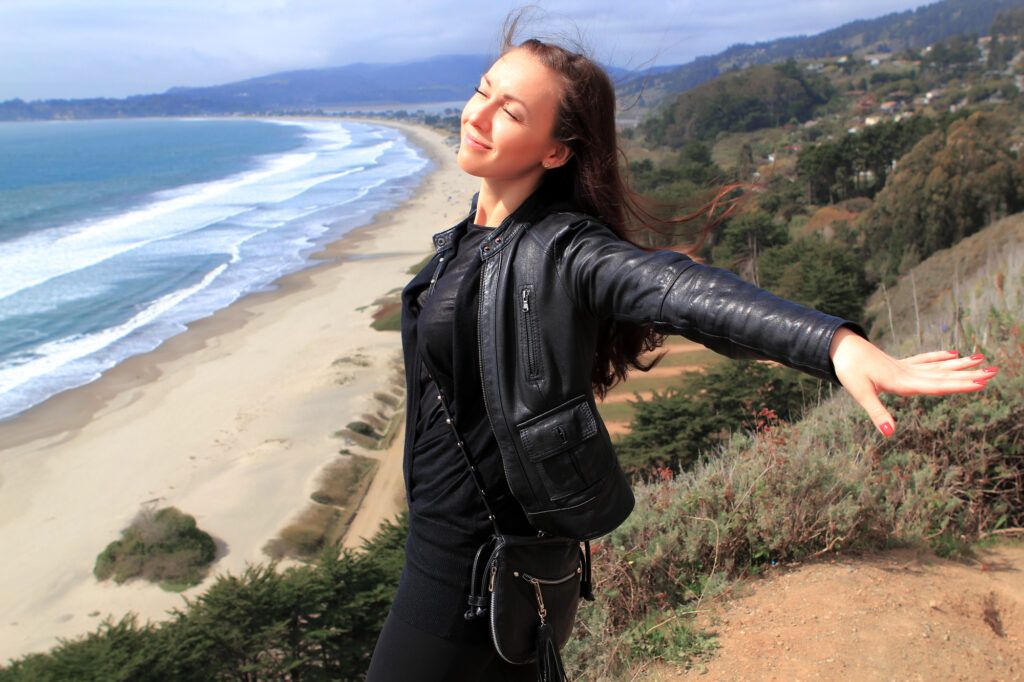
Winter (December-February) can be dramatic, with big storms and migrating whales sometimes visible offshore. Some beach facilities cut their hours in the off-season, though.
Tides matter, too. Low tide means tide pools full of starfish and anemones, while high tide is better for swimming at certain beaches.
Getting Around And Accessibility
If you want to get to Marin beaches without driving, you’ve got a few public transit options:
- Marin Transit buses run to big spots like Stinson
- The West Marin Stagecoach covers Point Reyes beaches
- Golden Gate Transit links up from San Francisco
Parking lots can be a headache on weekends and holidays—they fill up fast. Honestly, if you want a shot at a spot, try to get there before 9 AM or wait until after 3 PM. Otherwise, you might be circling for a while.

Some beaches are pretty good about accessibility, with wheelchair-friendly viewing decks and restrooms. Muir Beach and parts of Stinson Beach have accessible boardwalks. Still, it’s smart to double-check the specific beach before you go, especially if you have particular needs.
If you’re up for a little adventure, renting a bike is a solid move and a lot more eco-friendly than driving. The Paradise Loop route is a favorite—there’s coastal scenery everywhere and plenty of spots where you can pull over and hit the sand. Not a bad way to spend the day, honestly.
Wildlife Watching And Coastal Activities
Wildlife is one of Marin’s biggest draws—there’s always something happening out there. Elephant seals take over Point Reyes’ Chimney Rock from December through March for breeding. They’re massive, and honestly, a little goofy-looking. Bring binoculars and keep your distance; nobody wants to upset a giant seal.
Gray whales cruise by the Marin coast from December through April. If you’re hoping to spot them, the Point Reyes Lighthouse and Muir Beach Overlook are tough to beat. Early mornings usually mean calmer seas and better chances.
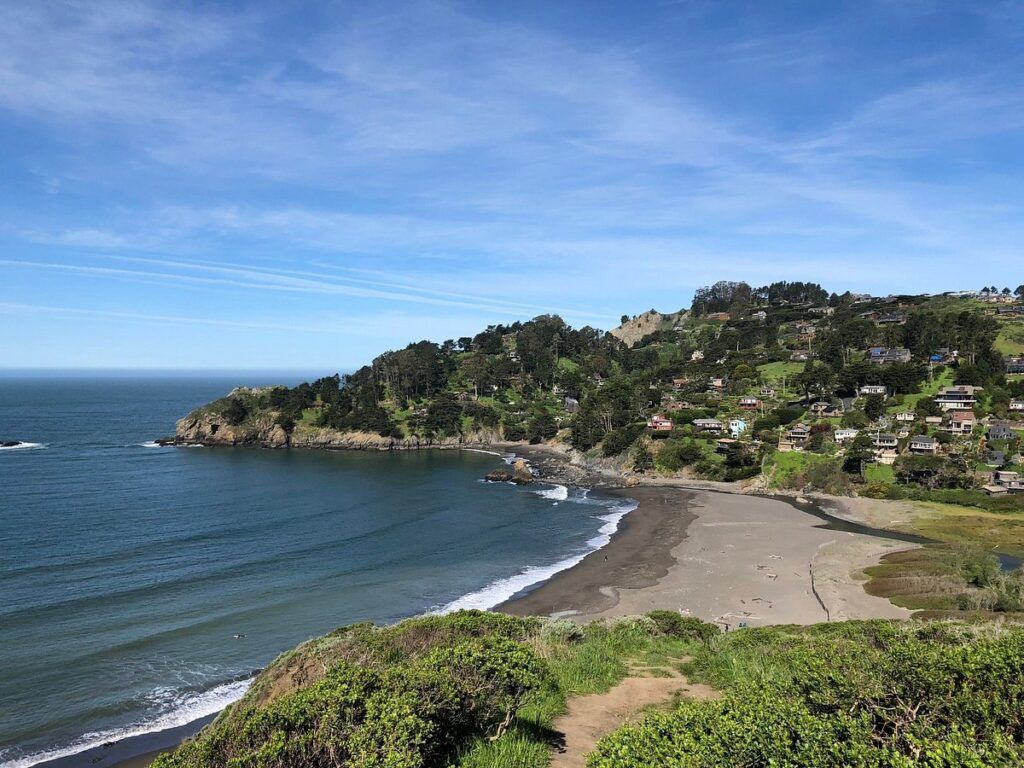
Harbor seals hang out at Bolinas Lagoon, especially on sandbars when the tide’s low. Their pups start showing up between April and June, so it’s extra important to give them space during those months.
For tidepooling, Agate Beach and Duxbury Reef are local favorites when the tide drops. Bring a pocket field guide if you’re curious—there’s a whole world of sea stars, anemones, and weird little creatures waiting if you look closely.
Nearby Accommodations
If you’re looking for a place to stay near Marin beaches, you’ve got a handful of options:
| Accommodation Type | Location | Price Range |
|---|---|---|
| Boutique hotels | Point Reyes Station | $$-$$ |
| Vacation rentals | Stinson Beach, Bolinas | $-$$ |
| B&Bs | Olema, Inverness | $-$$ |
| Campgrounds | Point Reyes National Seashore | $-$ |
Summer fills up fast, so it’s smart to reserve your spot 3-6 months ahead. The Point Reyes Hostel works well if you’re on a budget or traveling with a group—it’s not fancy, but it gets the job done.
Staying a while? Vacation rentals in Stinson Beach or Bolinas give you a kitchen and some extra space. Lots of them sit just a short walk from the sand, which is pretty ideal if you ask me.
If you’re into camping, you’ll need a permit for Point Reyes National Seashore campgrounds. Booking through recreation.gov is the way to go, and honestly, if you want a summer weekend, don’t wait too long—those spots disappear fast.
Find available hotels and vacation homes instantly. No fees, best rates guaranteed!
Check Availability Now


